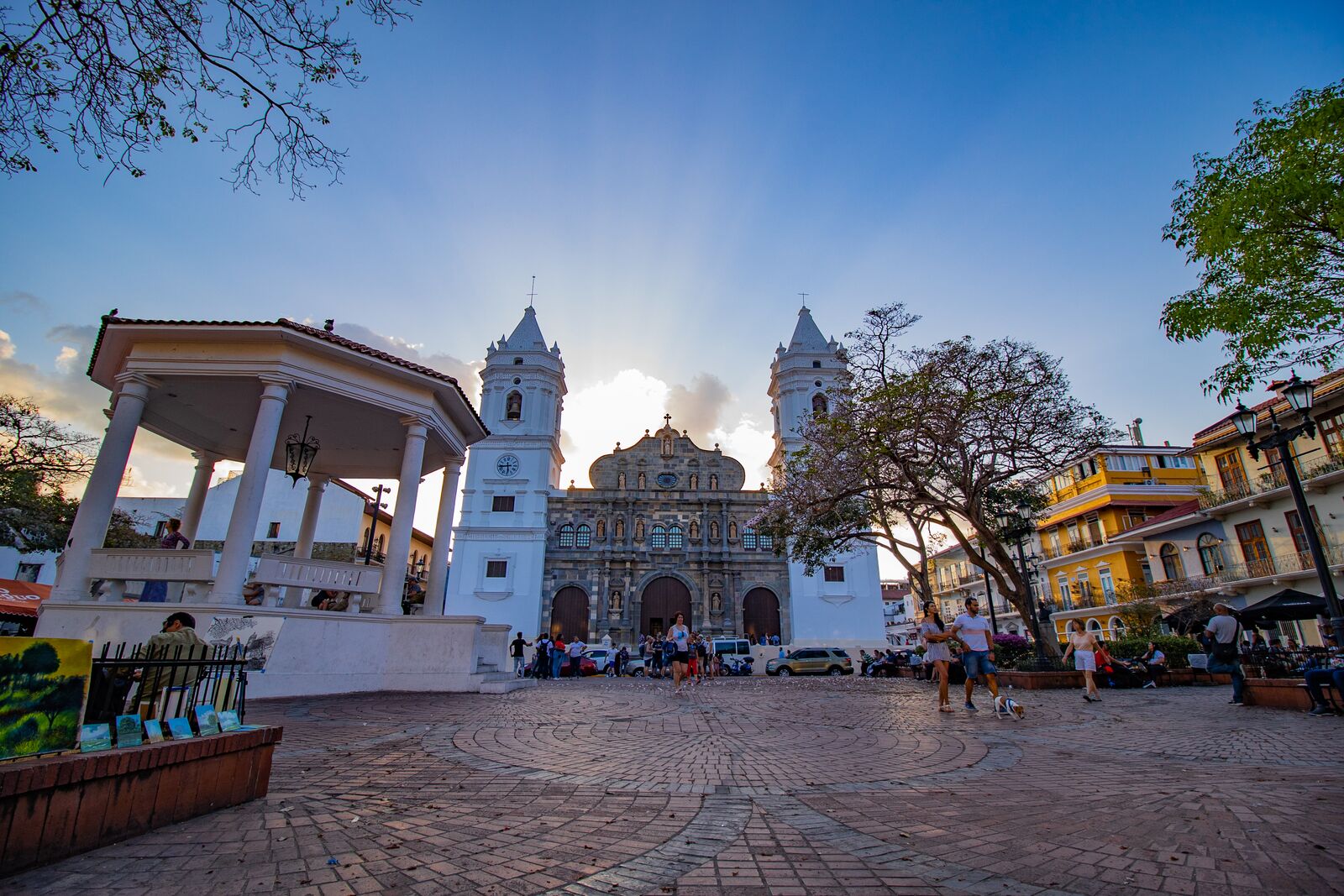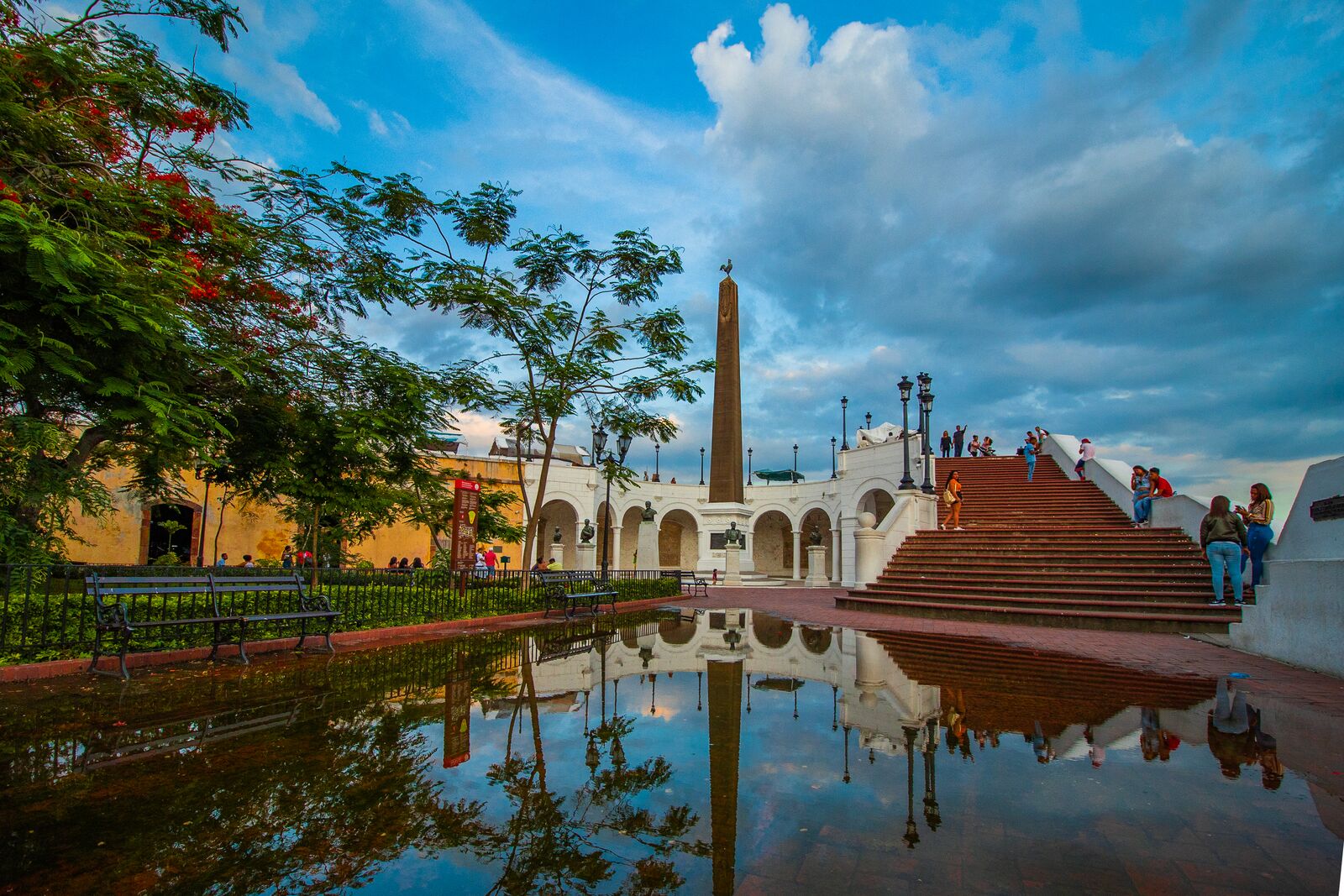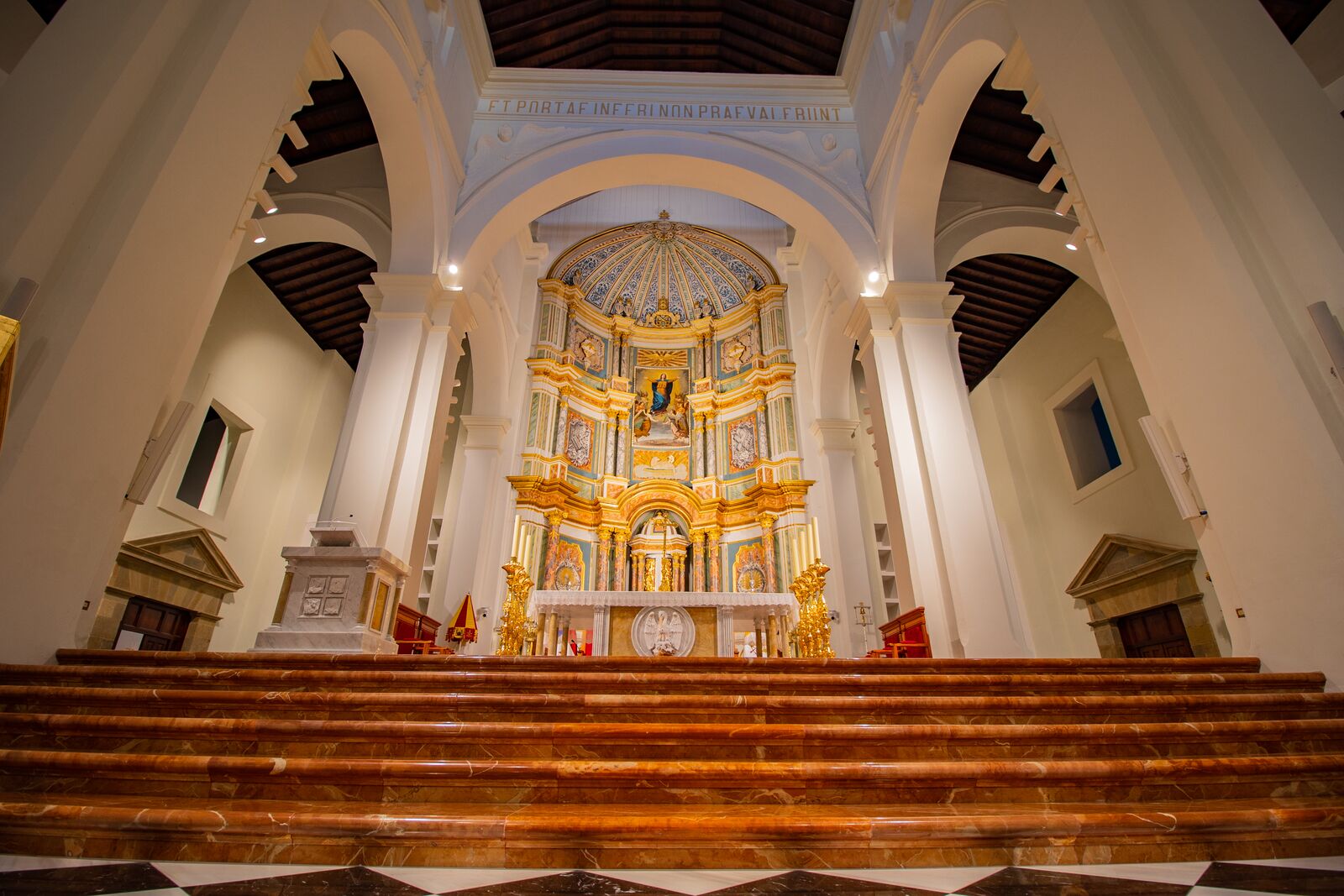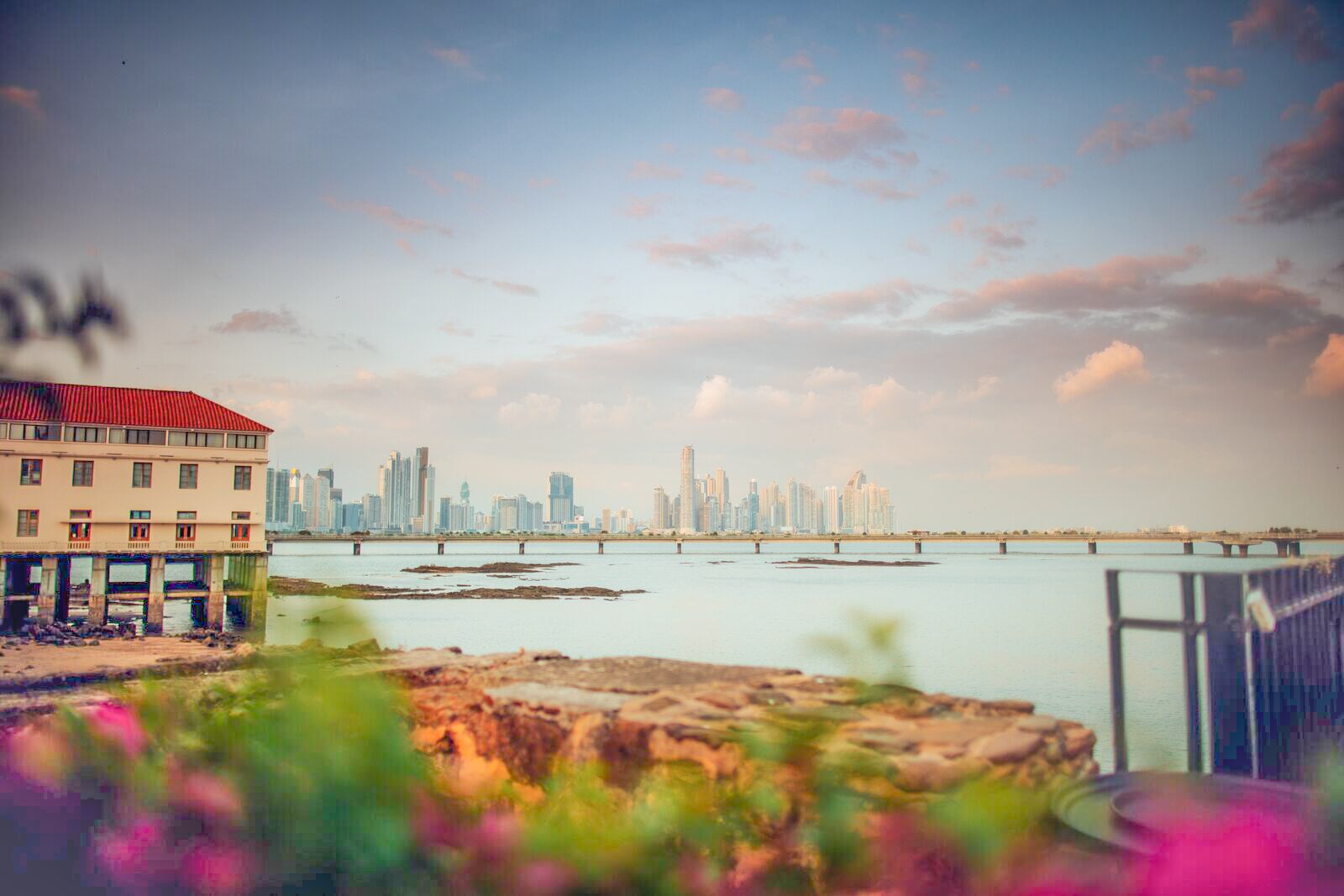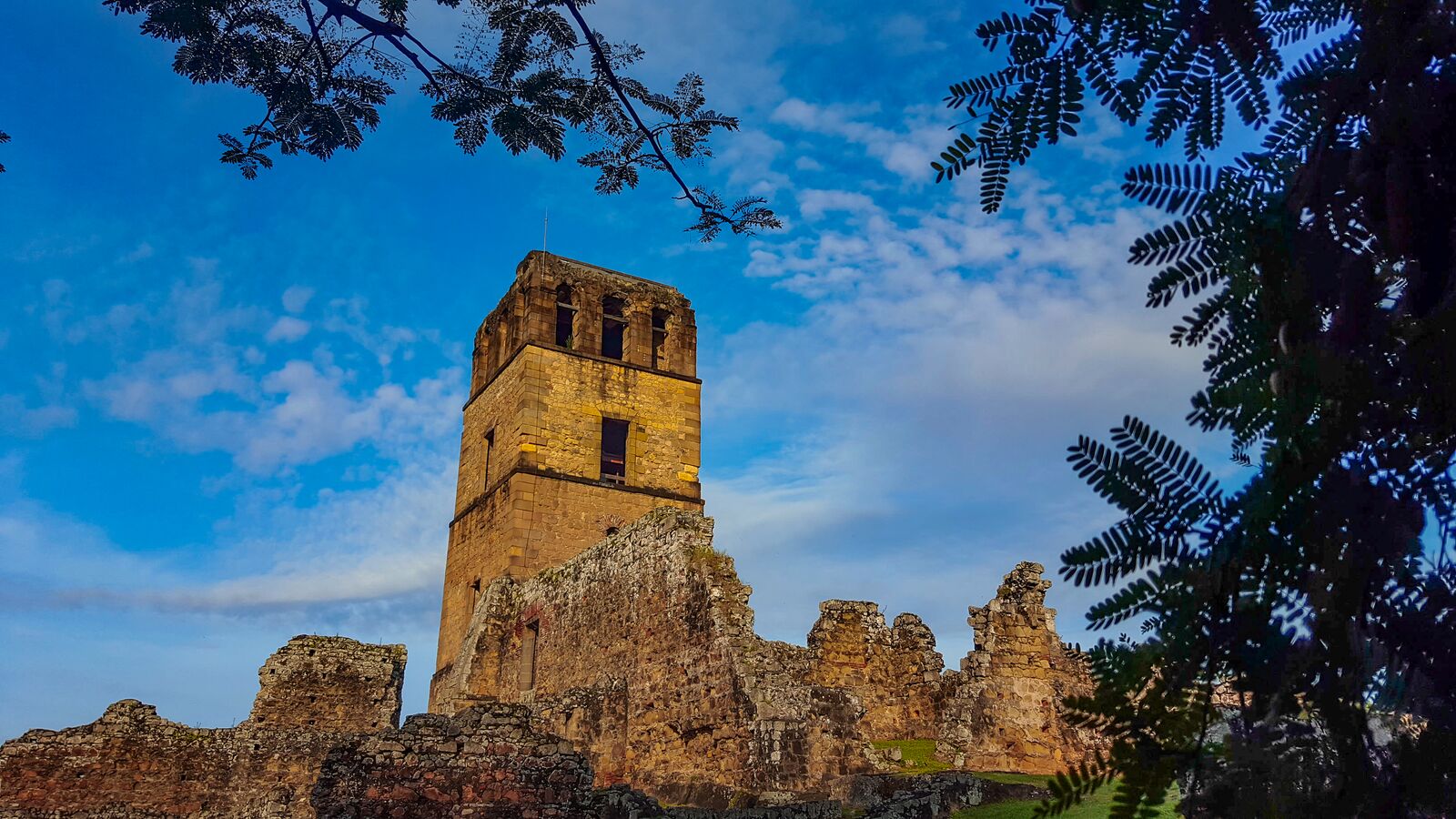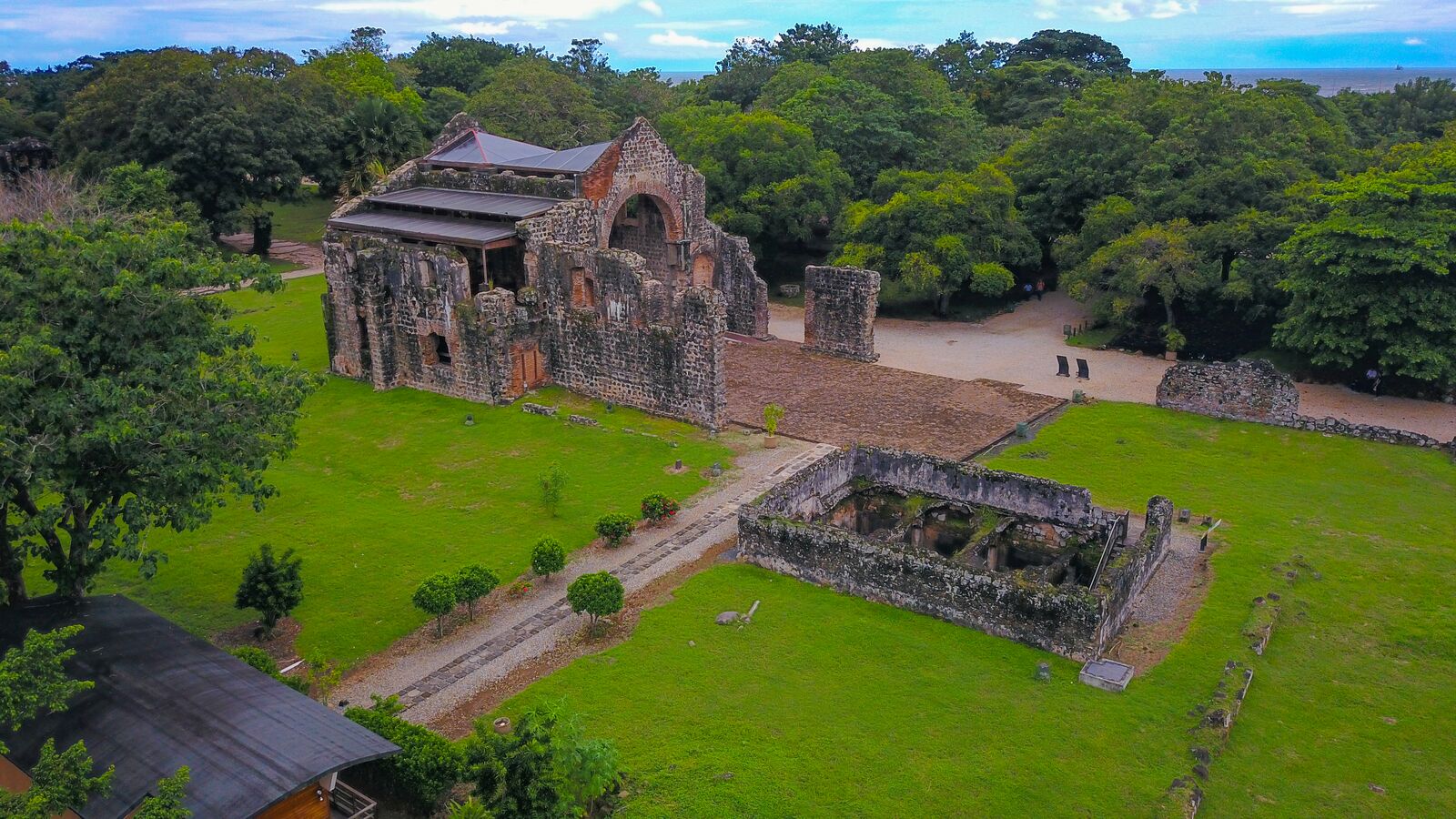Panama City’s UNESCO World Heritage Site
Begin your exploration today with a short ride across town to the ruins of Panama Viejo (the old city). Panama City is the oldest European settlement on the Pacific coast of the Americas. It was founded in 1519 as a consequence of the discovery of the “South Sea” in 1513 by Vasco Núñez de Balboa. The remains of the original Spanish colony (known as the Archaeological Site of Panamá Viejo) include the pre-Columbian vestiges of the Cuevan aboriginal occupation of the same name and currently encompass a UNESCO-protected heritage site covering 32 hectares. The settlement was a first-rank colonial outpost and seat of a Royal Court of Justice during the 16th and 17th centuries, when Panama consolidated its position as an intercontinental hub. Its growth in importance, as it profited from the imperial bullion lifeline, is reflected in the imposing stone architecture of its public and religious buildings. During its 152 years of existence, the town experienced slave rebellions, fires, and an earthquake, but was destroyed in the wake of a devastating attack in 1671 by pirate Henry Morgan.
Continue to Casco Viejo for a historical walking tour. In 1673, after the devastating pirate attack, Panama City was moved some 7.5 km west to a small peninsula at the foot of Ancon Hill, closer to the islands that were used as safe ports and near the mouth of a river that eventually became the Pacific access to the Panama Canal. The relocated town, known today as Casco Viejo, not only had better access to fresh water but could be fortified. The military engineers took advantage of the morphological conditions of the area and complemented them with a wall surrounding the peninsula, all of which prevented direct land and naval approaches by an enemy.
The tour ends with a visit to the Interoceanic Canal Museum, which is housed in the building that was the original headquarters for the French Canal building effort at the end of the 19th century.

